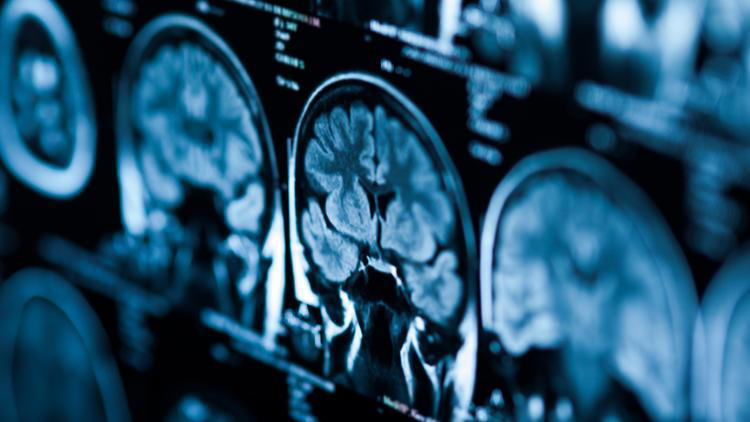


Connexus Brain-Computer Interface is transforming the future of neurotechnology, a groundbreaking move. An Austin-based neurotechnology company, Paradromics has recently completed the first human implantation of its high-data-rate brain-computer interface (BCI) system. This marks a significant advancement in merging artificial intelligence with human cognition, and it’s a key milestone for patients suffering from severe motor impairments.
Paradromics reached a historic milestone by successfully implanting its Connexus BCI into a human brain. This procedure took place at the University of Michigan during an epilepsy resection surgery.
Led by a skilled neurosurgeon and biomedical engineer, the surgery served dual purposes: gaining insights into epilepsy and validating the safety and efficacy of the Connexus device. Remarkably, the device was implanted, brain signals recorded, and the system removed intact—all in under 20 minutes.
Connexus Brain-Computer Interface is Paradromics’ flagship innovation. Designed to be the highest data-rate BCI platform on the market, Connexus leverages artificial intelligence to decode brain signals and transform them into actionable outputs.
It is poised to revolutionize treatment for individuals with severe motor impairments. According to Paradromics CEO and Founder Matt Angle, the system could restore communication capabilities for patients affected by:
“Surgery is a key inflection point for Paradromics,” Angle said. “We are now a clinical-stage company.”
[
Following this success, Paradromics plans to conduct additional surgeries in the coming months. These preliminary trials will pave the way for a full clinical trial later this year, aiming to bring Connexus BCI technology into practical, everyday use.
The interface is not just a technical achievement—it’s a beacon of hope for millions living with motor impairments. Paradromics’ successful first human implantation signifies a leap forward in medical technology and brain-computer interaction.
With additional surgeries and clinical trials on the horizon, the journey to restoring communication and movement through AI-powered neurotechnology is only just beginning.
Basically its a high-bandwidth brain-computer device developed by Paradromics to help patients with severe motor impairments communicate by converting brain signals into digital actions.
Patients suffering from ALS, spinal cord injuries, or brainstem strokes who have lost the ability to move or speak.
Yes. The device was implanted and removed successfully in less than 20 minutes and was able to record brain signals.
More human trials are planned, with full clinical trials expected to launch later this year.
